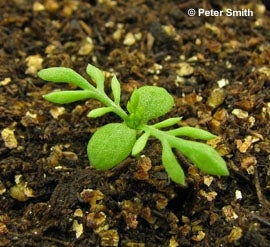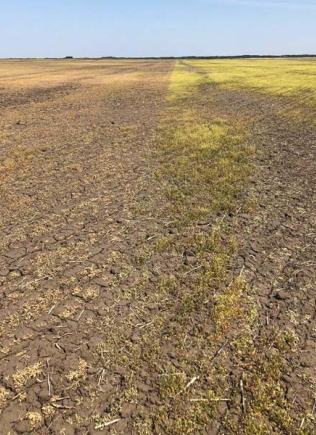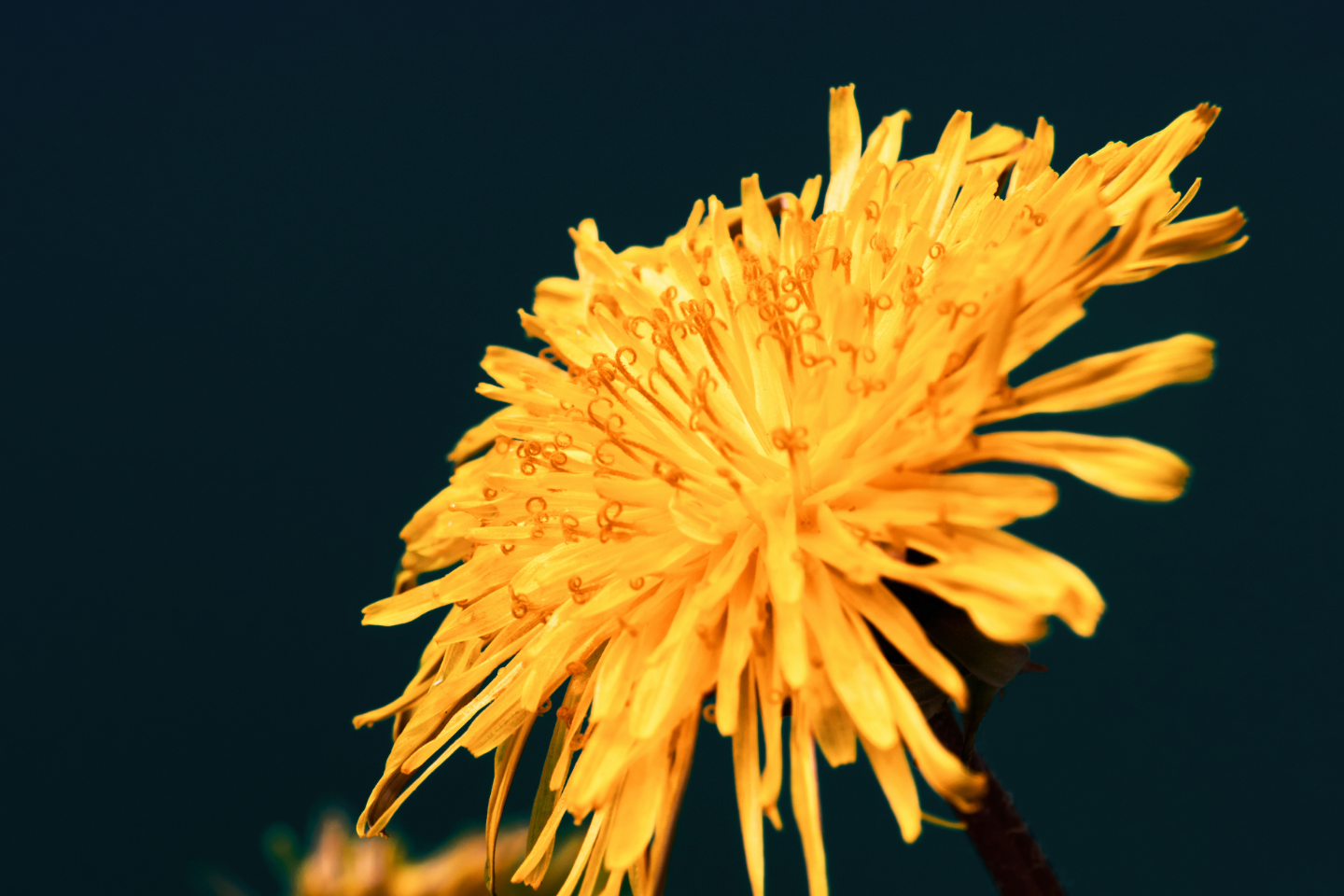Problem
Scentless Chamomile emerges throughout the growing season and can change its lifecycle depending on germination date, growing as an annual, biennial or perennial. Season long weed control is required to manage this problem weed.

Solution
The key is to get it when it’s small. Larger plants with vast fibrous root systems are difficult to control. Apply Express® SG Herbicide pre-plant/post-harvest, or Barricade® M Herbicide to cereal crops for control of Scentless Chamomile.
What the Research Says
Scentless chamomile is an annual weed with a reputation of being difficult to control. One of the reasons this weed is problematic is that it easily emerges throughout the growing season (April - October). This means that to effectively control an infestation, season long weed control is required (in the spring prior to planting, in-crop during the summer, and in the fall after harvest). Moreover, scentless chamomile can have an annual, biennial or short-lived perennial life cycle depending on its germination date. This is an important note, as controlling established biennials and perennials can be much more difficult.

The key to scentless chamomile control is to get it when it’s small. Once seedlings reach the 6-leaf stage they become difficult to control with herbicides. By this stage, scentless chamomile has developed a large fibrous root system that precludes effective control with a herbicide application. Typically, a moldboard plow is needed to control these established plants.
References
Weedinfo.ca
Cowbrough, M. 2017. Problem Weed Guide for Ontario Crops – Volume 1.


